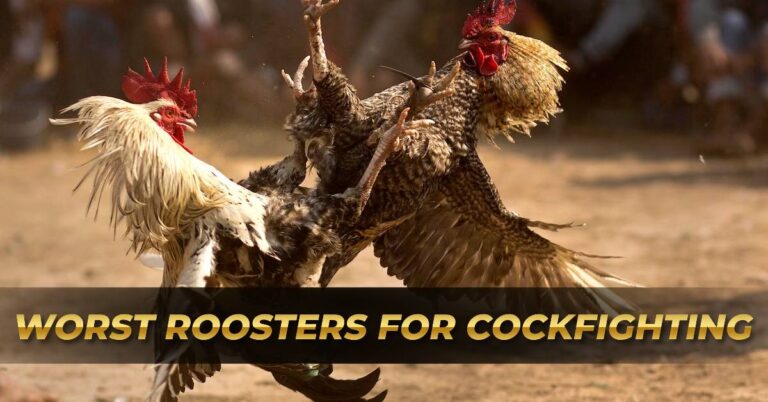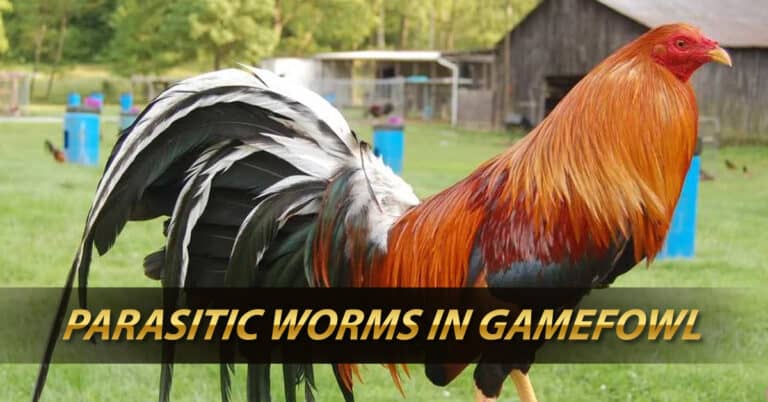Gamefowl Facilitation and Pointing Procedure
3 Day Gamefowls Keeping
Gamefowl keeping needs grain soaking, often controlled for the final three days before the fight. The cock’s environment and internal circumstances both have an impact on how much moisture is in his body. As a result, the final three (3) days of the keep involve careful management of water consumption.

Gamefowl Keeping Management of Water and Moisture
At least 65% of a gamecock’s body contains water. We can see from this fact alone how crucial water is to the correct conditioning of our poultry. Investigate further. Why do we care so much about moisture and water in the first place? To condition cocks correctly, they must be at their “peak,” which is when they are “On Point,” or, to use layman’s terms, when they are at their lightest weight yet still possess their maximum strength or power. We may accomplish this by properly managing the moisture and water for the birds.
A gamecock in training is specifically impacted by water in two ways: as a source of moisture needed by the body for basic bodily activities, and as a temperature regulator. Water aids in fermentation and acts as a solvent on the grains and pellets for digestion. Feeds consumed by the cocks during meals are kept in the crop, where they ferment. Acids, proteins, and carbs are now further improved before being transferred to the gizzard for additional digestion.
Therefore, anytime a cock becomes crop-bound, we must do everything in our power to clear his crop of the fermented feeds lest he perishes from the poisons they may produce. Without the necessary amount of water, meals won’t be properly digested and fermented, which could risk the lives of your prized poultry. As a result, be careful with how you feed and water your gamecocks, especially when they are learning.
Day 1-11
Water is always available before the cocks right after feeding during the first eleven days of our conditioning program. Soaking the grains overnight will also ensure moisture. On the other hand, on the 12th day, as a conditioner/trainer, you must have what I’ll term a clinical eye and be extremely cautious while evaluating the status of each fowl.
As you watch your birds, consider the following: How much water does your cock ingest or drink each day? To remember how much water you put in each morning, you can mark a line inside his feeding/drinking pot on the first day of the Keep. By dusk, collect the water that is still in the pot and use a graduated beaker to measure it. By the tenth day, it is possible to roughly estimate how much water each cock will consume each day. Watch how much he drinks on the 12th day of the Keep. Is the cock consuming the typical quantity of feeds? What is his reaction to carbo-loading?

Day 12
Remember how we started changing the feed’s carbohydrate amount on the 12th day? The cock should consume the same number of feeds as usual if he has the proper level of moisture in his body by this point. How does his poop look? Are they damp, dry, or watery?
By examining the droppings, we may determine how moist the birds’ bodies are. By moist, we mean that when urinating, the feces do not splatter but instead have the proper texture and shape when dropped. If it sticks to your shoe after a light step, it contains the proper wetness. Watch your cock while he moves his bowels or feces as well.
He must be overly dry if he is struggling to pass his feces. He won’t cut if he’s too parched. He won’t cut accurately if he is too moist; he will be slow. How is the climate? Is the weather sunny, cloudy, warm, humid, or rainy?
To replenish lost moisture and control his body temperature during the hot summer months, the cock will undoubtedly drink more water. Compared to a cock with a normal body temperature, a feverish cock will drink water more frequently. They will excrete very watery waste as a result.
He must be overly dry if he is struggling to pass his feces. He won’t cut if he’s too parched. He won’t cut accurately if he is too moist; he will be slow. How is the climate? Is the weather sunny, cloudy, warm, humid, or rainy?
To replenish lost moisture and control his body temperature during the hot summer months, the cock will undoubtedly drink more water. Compared to a cock with a normal body temperature, a feverish cock will drink water more frequently. They will excrete very watery waste as a result.
Gamefowls Keeping Body Shape Monitoring and Temperature
A cock’s body temperature during the Keep ranges from 38.5 to 39.5 degrees Celsius. Their core body temperature is this. To check the temperature of your cock, use a rectal thermometer. And lastly, how does it feel to touch each cock? There is no scientific or medical way to tell you this. You must have a sense of properly trained cocks. The term “corky” is used by American cockers to describe this, possibly about how light the cock feels in your hands.
Some fighting cock breeds have full bodies that feel heavy in the hand and have tight muscles. While others are thin, heavy, and tight, some are thin, light, and loose. Others are lanky, overweight, and frail. We are seeking a cock that is light and loose, yet full-bodied. If their muscles feel tense, they may be muscle-bound. On fight day, we don’t want this.
The muscles of muscle-bound cocks are still worn down. Relaxed muscles are referred to as “loose.” This tension and looseness are present in well-toned muscles. Continually verify their weight using your record book. Your cock needs to be in peak combat condition. We are searching for slack muscles on this, the 12th day, as we will be attempting to make the cocks tighter and dryer over the next two (2) days.
If your cocks have been trained appropriately, they will use less water for the remainder of the Keep. You still have the 13th and 14th days to make any necessary adjustments if you discover that your fowl’s droppings are too wet or dry on this 12th day.
Gamefowl Pointing Before the Gameday
The most important day of your gamecock combat is called “Fight Day.” The cock must be at its best on this day, only hours before the fight. By using a technique called “pointing,” we accomplish this.
It is possible to make the cock as light as feasible while maintaining its maximum strength through the procedure of pointing. The term “peak” or “On Point” cocks are used to describe cocks in this situation. Glossy feathers, a red face, moist droppings, watery red eyes, attentive and relaxed behavior, and a normal body temperature are all required characteristics of a cock that is about to point.

But before you point your cock, I believe you should give some background information on joining a derby. Derbies are typically held in the evenings and into the morning. The submission of weights is completed a day ahead of time in Big Time Derbies, and the bout schedule is revealed in the afternoon. On fight day, the submission of weights occurs in the morning for minor derbies.
In the mornings, the cocks are limbered in foldable scratch cages while their droppings are observed prior to weight submission and feeding. Before weighing him, wait till a cock has passed by his stool. Submit the weights of your submissions to the cockpit after taking 30–50 grams off of each cock’s weight. In derbies, a fine is assessed for bad weight or weight that is 40 grams over your claimed weight.
During pointing, the cock loses weight, and 30 grams is a generally acceptable safety margin. For instance, if your real weight is 2.1 kg, declare 2.070 kg after deducting 30 grams from it. 2.110 kg is your entry’s weight. a poor weight for you. Your cock will undoubtedly be lighter than 2.1 kg when the contest begins. due to the pointing. Even if your cock gains weight while you point, you are still inside the permitted weight range. Keep in mind to adjust your scale to the weight in the cockpit where you will fight.
Additionally crucial is the combat time. A cock takes 6 to 8 hours to digest his typical food and another 4 to 6 hours to fully absorb the nutrients. Try to plan your feeding time accordingly by being aware of your combat schedule. Count 6 to 8 hours backward (about noon) if your battle is at 6 p.m., then feed your cock then.
Conclusion
For gamefowl conditioning, a certain level of stress is beneficial. However, the impact on a fowl’s entire body can be fatal when it occurs in excess or is of the wrong kind.
Resting and replacing any lost nutrients will help you manage your stress on a physical and emotional level. The pointing techniques essentially revolve around this.










